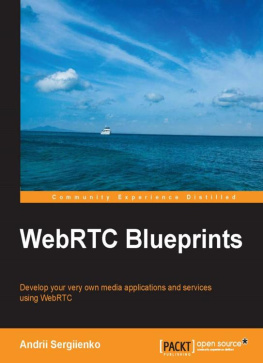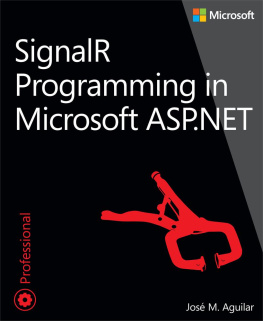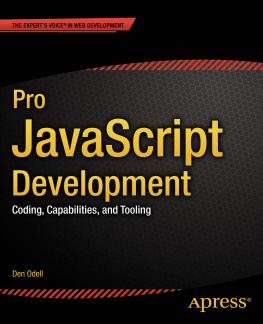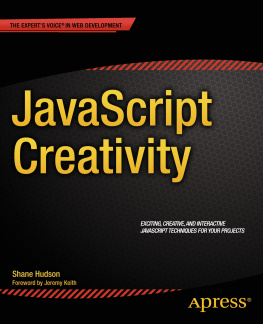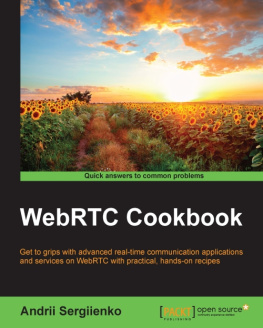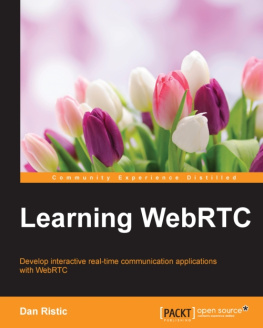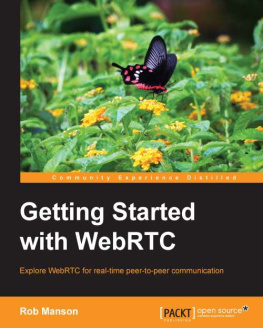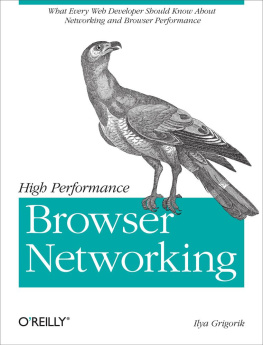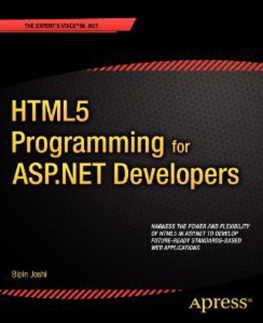Real-Time Communication with WebRTC
Salvatore Loreto
Simon Pietro Romano
Preface
Web Real-Time Communication (WebRTC) is a new standard that lets browsers communicate in real time using a peer-to-peer architecture. It is about secure, consent-based, audio/video (and data) peer-to-peer communication between HTML5 browsers. This is a disruptive evolution in the web applications world, since it enables, for the very first time, web developers to build real-time multimedia applications with no need for proprietary plug-ins.
WebRTC puts together two historically separated camps, associated, respectively, with telecommunications on one side and web development on the other. Those who do not come from the telecommunications world might be discouraged by the overwhelming quantity of information to be aware of in order to understand all of the nits and bits associated with real-time transmission over the Internet. On the other hand, for those who are not aware of the latest developments in the field of web programming (both client and server side), it might feel uncomfortable to move a legacy VoIP application to the browser.
The aim of this book is to facilitate both communities, by providing developers with a learn-by-example description of the WebRTC APIs sitting on top of the most advanced real-time communication protocols. It targets a heterogeneous readership, made not only of web programmers, but also of real-time applications architects who have some knowledge of the inner workings of the Internet protocols and communication paradigms. Different readers can enter the book at different points. They will be provided with both some theoretical explanation and a handy set of pre-tailored exercises they can properly modify and apply to their own projects.
We will first of all describe, at a high level of abstraction, the entire development cycle associated with WebRTC. Then, we will walk hand in hand with our readers and build a complete WebRTC application. We will first disregard all networking aspects related to the construction of a signaling channel between any pair of browser peers aiming to communicate. In this first phase, we will illustrate how you can write code to query (and gain access to) local multimedia resources like audio and video devices and render them within an HTML5 browser window. We will then discuss how the obtained media streams can be associated with a PeerConnection object representing an abstraction for a logical connection to a remote peer. During these first steps, no actual communication channel with a remote peer will be instantiated. All of the code samples will be run on a single node and will just help the programmer familiarize with the WebRTC APIs. Once done with this phase, we will briefly discuss the various choices related to the setup of a proper signaling channel allowing two peers to exchange (and negotiate) information about a real-time multimedia session between each other. For this second phase, we will unavoidably need to take a look at the server side. The running example will be purposely kept as simple as possible. It will basically represent a bare-bones piece of code focusing just on the WebRTC APIs and leave aside all stylistic aspects associated with the look and feel of the final application. We believe that readers will quickly learn how to develop their own use cases, starting from the sample code provided in the book.
The book is structured as follows:
Covers why VoIP (Voice over IP) is shifting from standalone functionality to a browser component. It introduces the existing HTML5 features used in WebRTC and how they fit with the architectural model of real-time communication, the so-called Browser RTC Trapezoid.Focuses on the mechanisms allowing client-side web applications (typically written in a mix of HTML5 and JavaScript) to interact with web browsers through the WebRTC API. It illustrates how to query browser capabilities, receive browser-generated notifications, and apply the application-browser API in order to properly handle media in the browser.Introduces the RTCPeerConnection API, whose main purpose is to transfer streaming data back and forth between browser peers, by providing an abstraction for a bidirectional multimedia communication channel.Focuses on the creation of an out-of-band signaling channel between WebRTC-enabled peers. Such a channel proves fundamental, at session setup time, in order to allow for the exchanging of both session descriptions and network reachability information.Concludes the guided WebRTC tour by presenting a complete example. The readers will learn how to create a basic yet complete Web Real-Time Communication system from scratch, using the API functionality described in the previous chapters.Explores advanced aspects of the WebRTC API and considers the future.
Conventions Used in This Book
The following typographical conventions are used in this book:
Italic Indicates new terms, URLs, email addresses, filenames, and file extensions. Constant width Used for program listings, as well as within paragraphs to refer to program elements such as variable or function names, databases, data types, environment variables, statements, and keywords. Constant width bold Shows commands or other text that should be typed literally by the user. Constant width italic Shows text that should be replaced with user-supplied values or by values determined by context.
Tip
This element signifies a tip or suggestion.
Note
This element signifies a general note.
Warning
This element indicates a warning or caution.
Using Code Examples
Supplemental material (code examples, exercises, etc.) is available for download at https://github.com/spromano/WebRTC_Book.
This book is here to help you get your job done. In general, if example code is offered with this book, you may use it in your programs and documentation. You do not need to contact us for permission unless youre reproducing a significant portion of the code. For example, writing a program that uses several chunks of code from this book does not require permission. Selling or distributing a CD-ROM of examples from OReilly books does require permission. Answering a question by citing this book and quoting example code does not require permission. Incorporating a significant amount of example code from this book into your products documentation does require permission.
We appreciate, but do not require, attribution. An attribution usually includes the title, author, publisher, and ISBN. For example: Real-Time Communication with WebRTC by Salvatore Loreto and Simon Pietro Romano (OReilly). Copyright 2014 Salvatore Loreto and Prof. Simon Pietro Romano, 978-1-449-37187-6.
If you feel your use of code examples falls outside fair use or the permission given above, feel free to contact us at .
Safari Books Online
Note
Safari Books Online is an on-demand digital library that delivers expert content in both book and video form from the worlds leading authors in technology and business.
Technology professionals, software developers, web designers, and business and creative professionals use Safari Books Online as their primary resource for research, problem solving, learning, and certification training.
Safari Books Online offers a range of product mixes and pricing programs for organizations, government agencies, and individuals. Subscribers have access to thousands of books, training videos, and prepublication manuscripts in one fully searchable database from publishers like OReilly Media, Prentice Hall Professional, Addison-Wesley Professional, Microsoft Press, Sams, Que, Peachpit Press, Focal Press, Cisco Press, John Wiley & Sons, Syngress, Morgan Kaufmann, IBM Redbooks, Packt, Adobe Press, FT Press, Apress, Manning, New Riders, McGraw-Hill, Jones & Bartlett, Course Technology, and dozens more. For more information about Safari Books Online, please visit us online.



